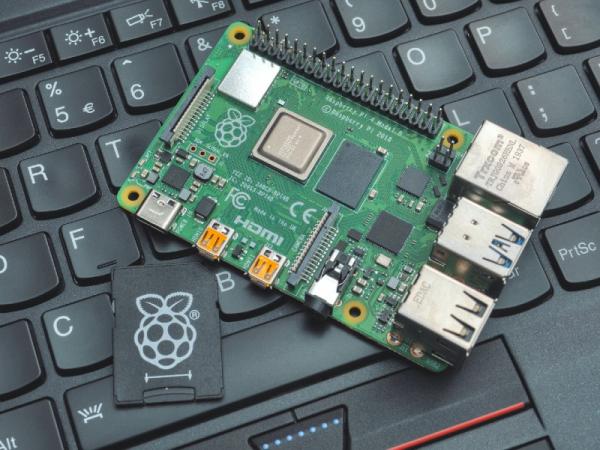The UK in the 1980s was ground zero for the microcomputer revolution. Cheap computers based on 8-bit processors flooded the market, teaching a generation to program using built-in BASIC interpreters. Homes had devices like Sinclair’s ZX81 and Spectrum, while schools used Acorn’s BBC Micro.

More about Innovation
These weren’t like today’s PCs. They were designed and built to be accessible, with IO ports that could be accessed directly from the built-in programming environments. Turn one on, and you were ready to start programming.
SEE: Metaverse cheat sheet: Everything you need to know (free PDF) (TechRepublic)
But then things changed: 16-bit machines were more expensive, and technical and marketing failures started to remove pioneers from the market. The final nail in the coffin was the IBM PC and its myriad clones, focused on the business market and designed to run, not build, applications.
It became harder to learn computing skills, with home computers slowly replaced by gaming consoles, smartphones and tablets. How could an inquisitive child learn to code or build their own hardware?
The answer first came from the Arduino, a small ARM-based developer board that served as a target for easy-to-learn programming languages. But it wasn’t a computer; you couldn’t hook it up to a keyboard and screen and use it.
Enter the Raspberry Pi
Eben Upton, an engineer at microcontroller chip manufacturer Broadcom, was frustrated with the status quo. Looking at the current generation of ARM-based microcontrollers he realized it was possible to use a low-cost (and relatively low power) chip to build a single-board computer. Using a system-on-a-chip architecture, you could bundle CPU and GPU and memory on a single chip. Using the SOC’s general purpose IO ports, you could build it into a device that was easily expandable, booting from a simple SD storage card.
Work on what was to become the Raspberry Pi began in 2006, with a team of volunteers working with simple ARM SOC. The intention was to deliver a single board computer that would sell for $25. That promise was kept, and when orders opened to the general public there was a rush to get one of the first batch, as it was a simple Linux machine that could be used for just about anything. Later releases added support for other operating systems, including Windows 10 Internet of Things and a version of the Unix-like OS developed for the Raspberry Pi’s distant ancestor, the Acorn Archimedes.
I spoke with Eben shortly after the launch at Maker Faire in San Mateo, where he was introducing the first Pis to the U.S. maker community. He told me that he’d started by thinking like a beginner, “I asked how I could solve this the cheapest and easiest.” That involved working with his then employer to get access to chips and building out a production line to quickly turn the Raspberry Pi into a mass-market device. As he noted, volume was key right from day one, if the Pi was to have the impact he believed it needed, “There’s a big difference between having ten thousand or a hundred thousand units out there and having a million in use.”
In 2012, a million Pis seemed like an ambitious dream. Now they’re selling at over 6 million units a year, with over 40 million devices sold by May of 2021. With devices made at Raspberry Pi’s own factory in Wales, it’s helping regenerate an economy left reeling after the closure of much the region’s industrial infrastructure.
Four generations of the Raspberry Pi
Over the last decade the range of devices coming out of that factory has grown enormously. We’re now into the fourth generation of the standard Pi, which has seen major upgrades over the years. While the basic form factor of the board remains much the same, the processor and memory have grown. The latest versions of the Raspberry Pi 4 use a quad core Broadcom ARM Cortex-A72 running at 1.8GHz and have up to 8GB of RAM. That makes them suitable for most desktop computing, even if the highest-end version costs $75.
Source: 10 Years Of Raspberry Pi: The $25 Computer Has Come A Long Way
